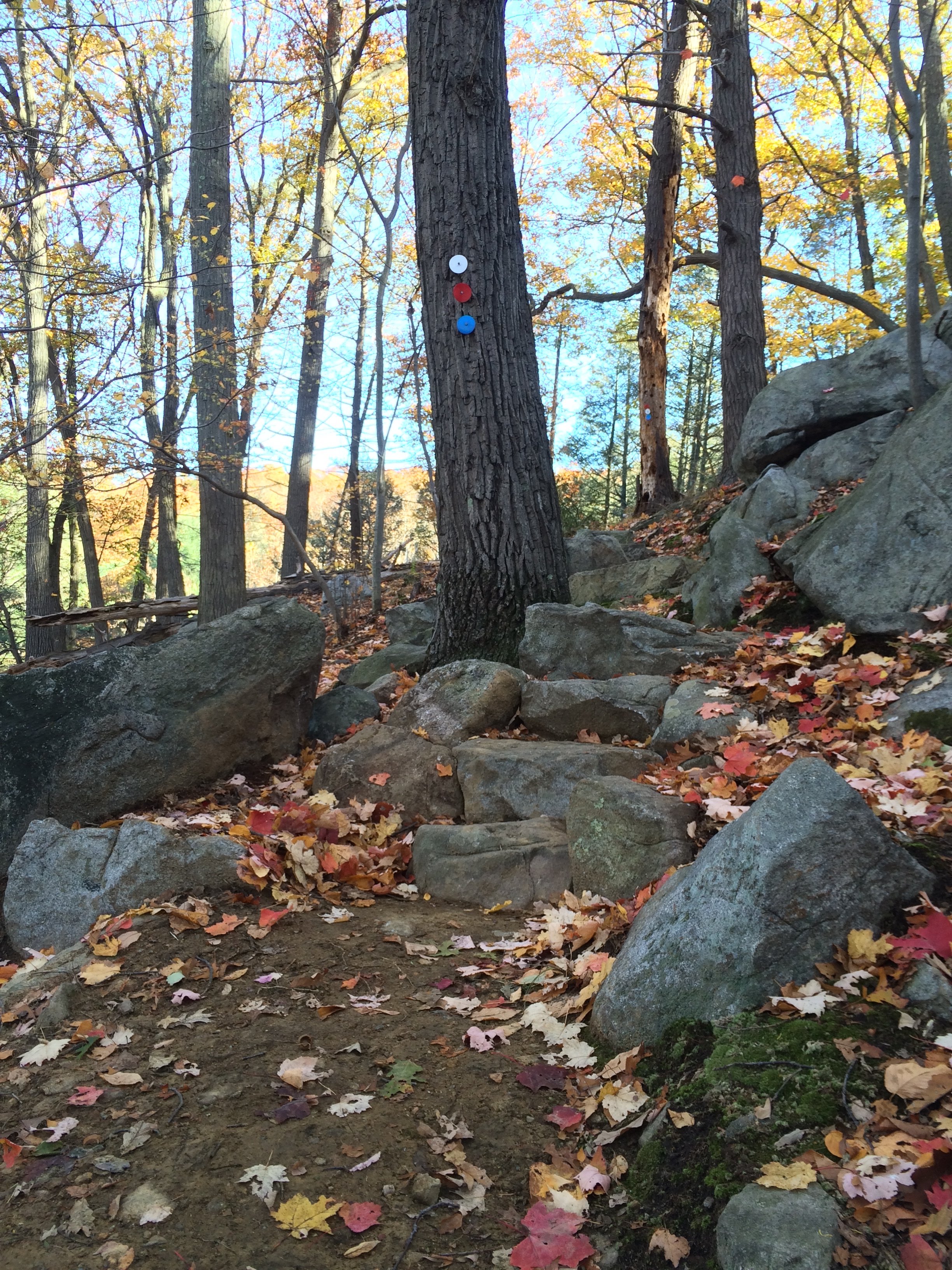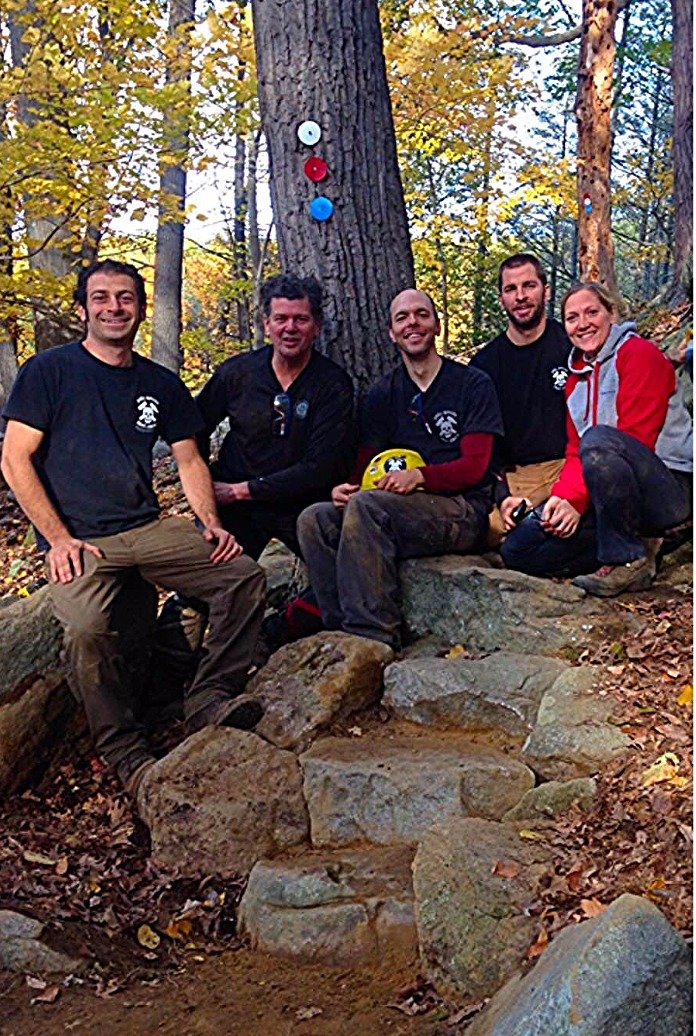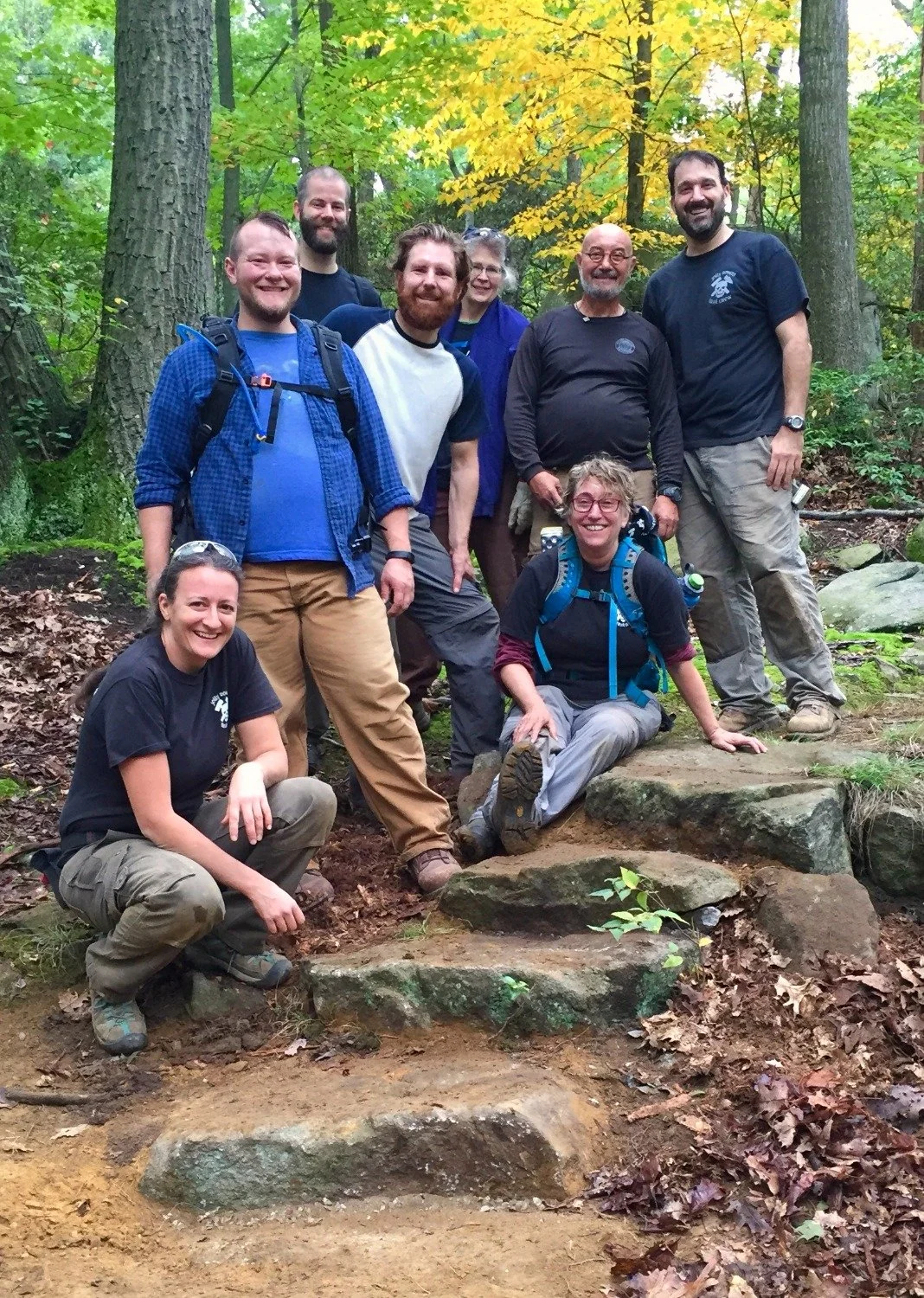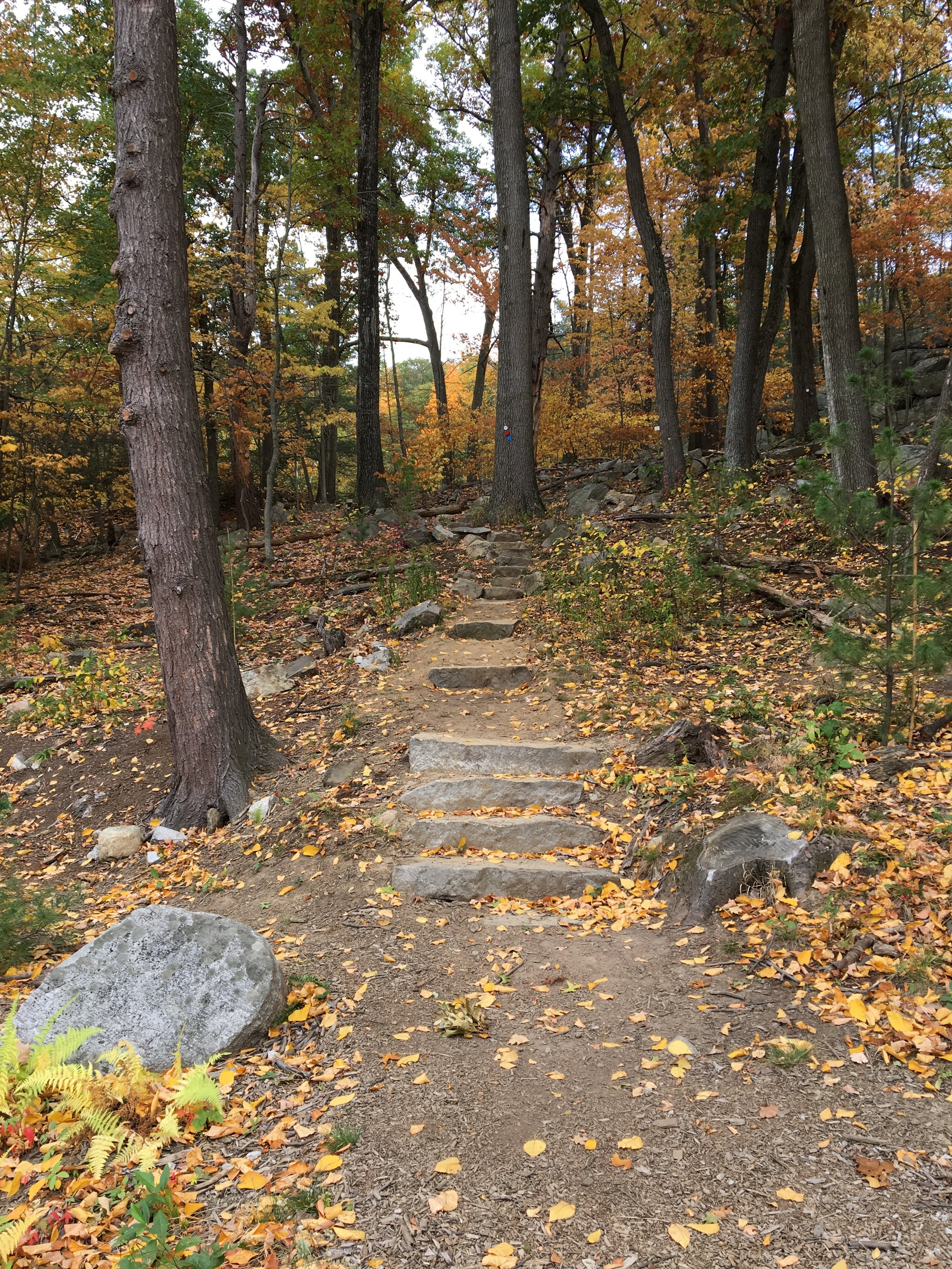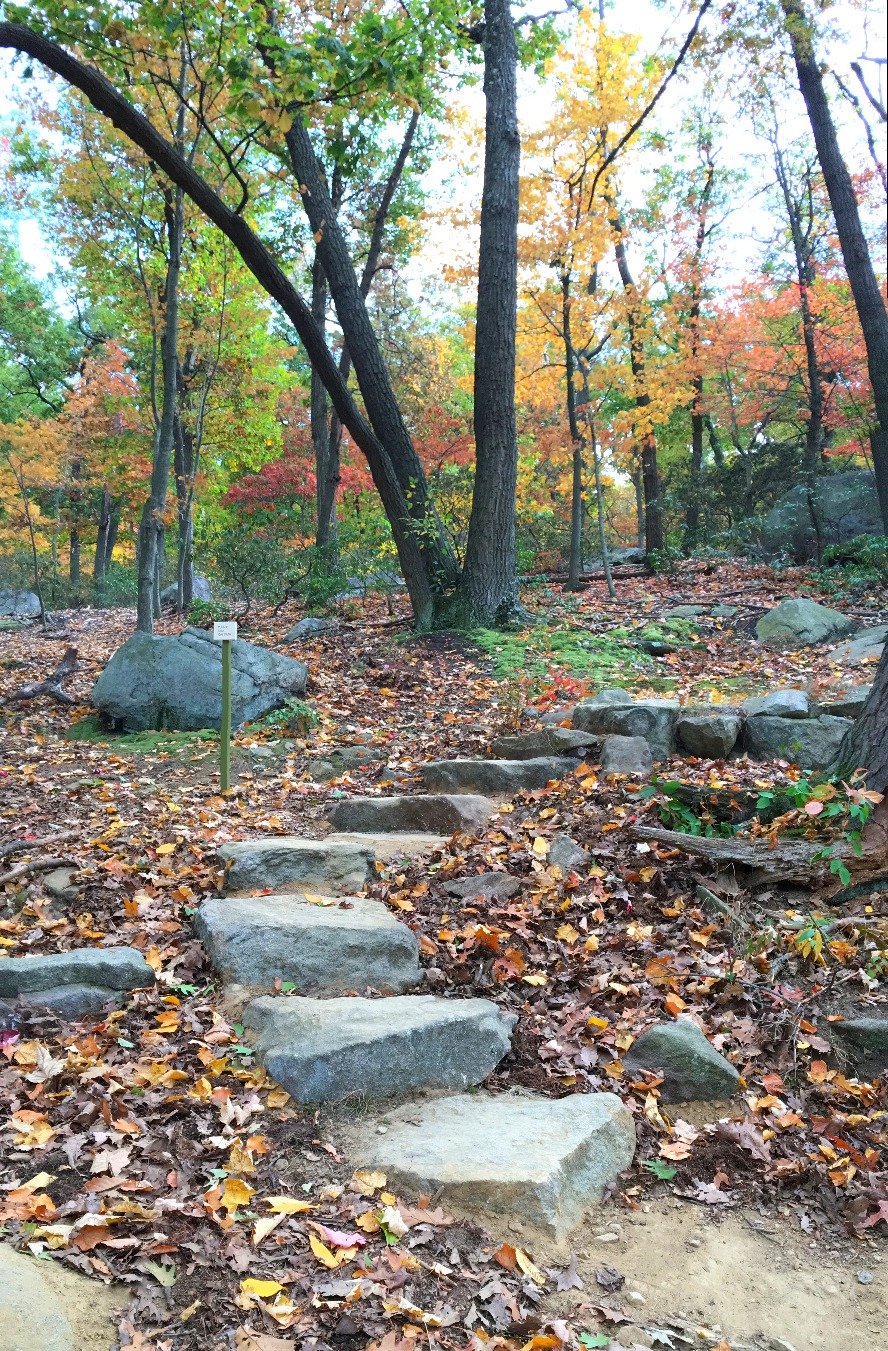2016
Phillipstown, NY
Manitoga
The Russel Wright Design Center
History: From Decimation to Design
In the early 20th century quarrying operations north of New York City along the Hudson River were coming to an end. By 1915, one of these, Kings granite quarry in Garrison NY, had ceased operating permanently. This property would remain abandoned and decimated until 1942, when it was purchased by famed American modernist and industrial designer Russel Wright and his wife Mary. Their aim was to transform the ravaged landscape not only into a home, but into a revelatory experience that would blend modern design with nature, integrating the viewer into both the natural and industrial environments. Wright named the place after the Algonquin word meaning "place of great spirit." This word is Manitoga.
Wright spent 34 years living there and sculpting the property until he passed away in 1976. Initially deeded to the Nature Conservancy, Manitoga / The Russel Wright Design Center would eventually take over ownership in 1984, and in 2006 was granted National Historic Landmark status. In 2016 the Open Space Institute protected the historic trails surrounding the property with an easement and funded improvements through their Malcolm Gordon Charitable Fund. Through this the Jolly Rovers launched their Stewards of Stonework program after they were chosen to spearhead the revival of Wright's historic Killalemy Trail through the remains of the granite quarry and to an aerial viewpoint of Wrights historic home.
Project: Reviving the Wright Aesthetic
This project was unique compared to the typical projects we take on. As part of our Stewards of Stonework program, emphasis was placed on historic restoration rather than building from scratch. Matching the vision of the designer was the priority and as a result allowed us to see our work in a new light. Wrights own methodology included the following steps in an effort to "demonstrate the richness and natural history of the site" as the pioneering landscape architect Ian McHarg observed. These steps were 1) to study the sculptural groupings of natural untouched boulders, 2) to study large cut stone piles, and 3) to never use geometrical patterns of laying stone, mortar nor geometrically cut stone in his overall designs for the Manitoga landscape.
1,294 service hours by 30 volunteer crew members would be contributed to realize this vision throughout 2016. In the end, 84 stone steps had either been reset or added along with 1/8 mile of tread way that was resurfaced and regraded by hand.
























